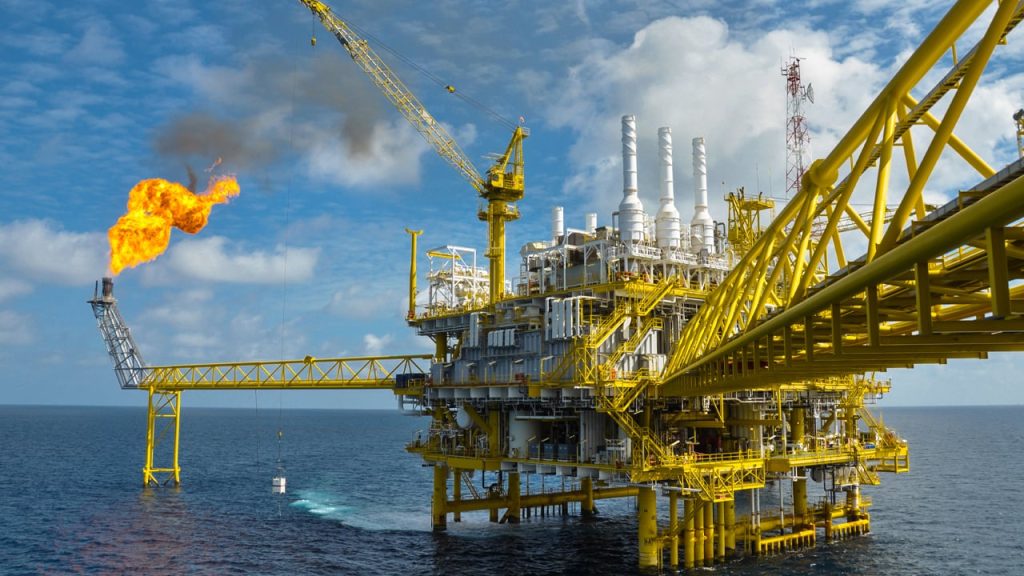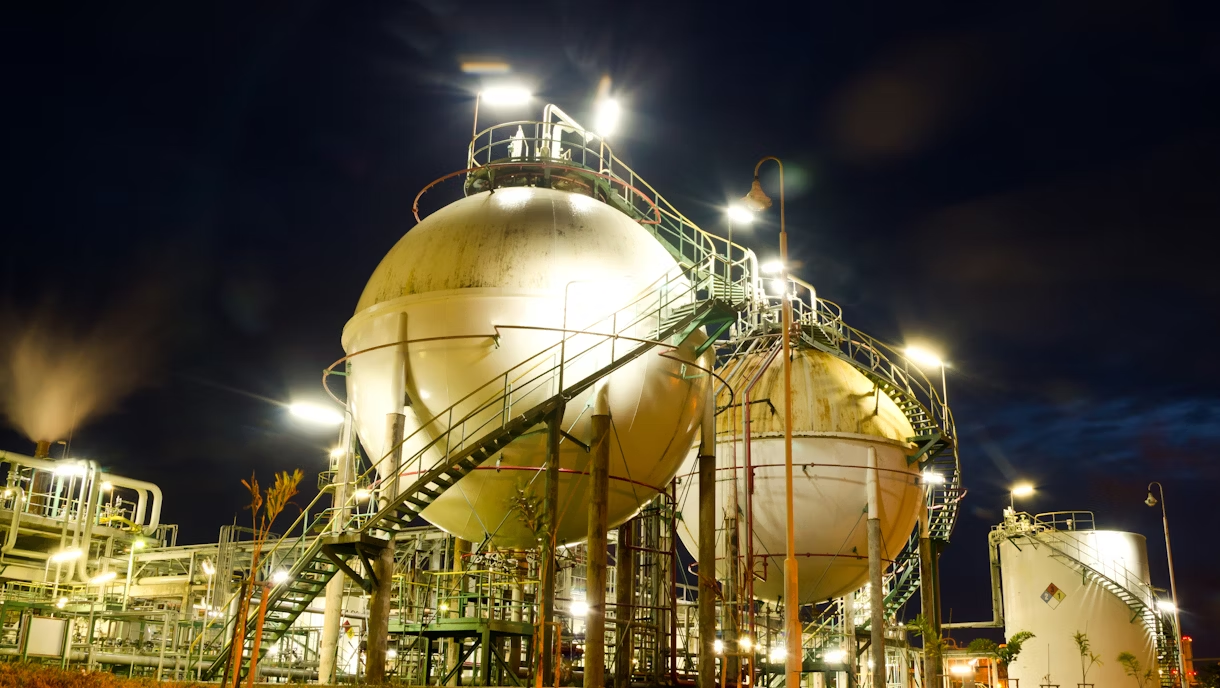The world is on course to experience a “major surplus” of oil by 2030 as production increases while the clean energy transition tempers demand, according to the International Energy Agency (IEA) in its annual report published Wednesday.
The report projects that global demand for oil will “level off” at around 106 million barrels per day (bpd) toward the end of the decade. Meanwhile, overall supply capacity is expected to soar to 114 million bpd, resulting in an unprecedented surplus of eight million bpd. This forecast signals a significant shift that oil markets must prepare for.
This projection comes just days after the OPEC+ consortium of major crude producers indicated they would begin to unwind output cuts this autumn. These cuts were initially implemented to support oil prices amid concerns of weakening global demand. The anticipated surplus marks a stark contrast to the market conditions that prompted those production restrictions, NDTV.
In its comprehensive report, the IEA highlighted that fast-developing Asian economies, particularly China, along with the aviation and petrochemical industries, would continue to drive substantial oil demand. In 2023, global oil demand was recorded at 102 million bpd.

READ ALSO:
Google to Pilot New AI-Powered Anti-Theft Feature for Smartphones
However, the transition toward electric vehicles, improvements in fuel efficiency for conventional cars, and a reduction in the use of oil for electricity generation in Middle Eastern countries are expected to constrain the growth in oil demand. These factors combined will likely limit the increase in overall demand to around two percent by 2030.
Concurrently, oil production capacity is poised to surge, driven predominantly by the United States and other countries in the Americas.
This increase in production capacity is expected to result in an eight-million-barrel surplus, a level previously reached only during the Covid-19 lockdowns in 2020, when demand plummeted due to widespread travel restrictions and economic slowdowns.
The IEA’s forecast indicates that the oil industry is heading towards a period of significant change. While some sectors will continue to rely heavily on oil, the broader push for cleaner energy and technological advancements in fuel efficiency are set to dramatically reshape the demand landscape.
This anticipated surplus could lead to various economic and geopolitical ramifications, including potential shifts in oil prices, market dynamics, and energy policies globally.
Oil markets and stakeholders within the energy sector will need to adapt to these changing conditions. The projected surplus could prompt re-evaluations of production strategies, investment plans, and long-term sustainability goals.
READ ALSO:
Hunter Biden Convicted of Gun Crimes: Will He Face Jail Time?
Additionally, the interplay between maintaining economic growth, achieving energy security, and meeting environmental targets will become increasingly complex as the world navigates this transition.

The IEA’s report underscores the critical balance between advancing clean energy initiatives and managing the existing oil supply. As nations worldwide strive to reduce their carbon footprints and transition to renewable energy sources, the oil market must adjust to a future where fossil fuel demand may not follow historical growth patterns.
This forecast serves as a clarion call for policymakers, industry leaders, and global economies to prepare for an era of surplus and to strategize accordingly to maintain stability and progress within the energy sector.

